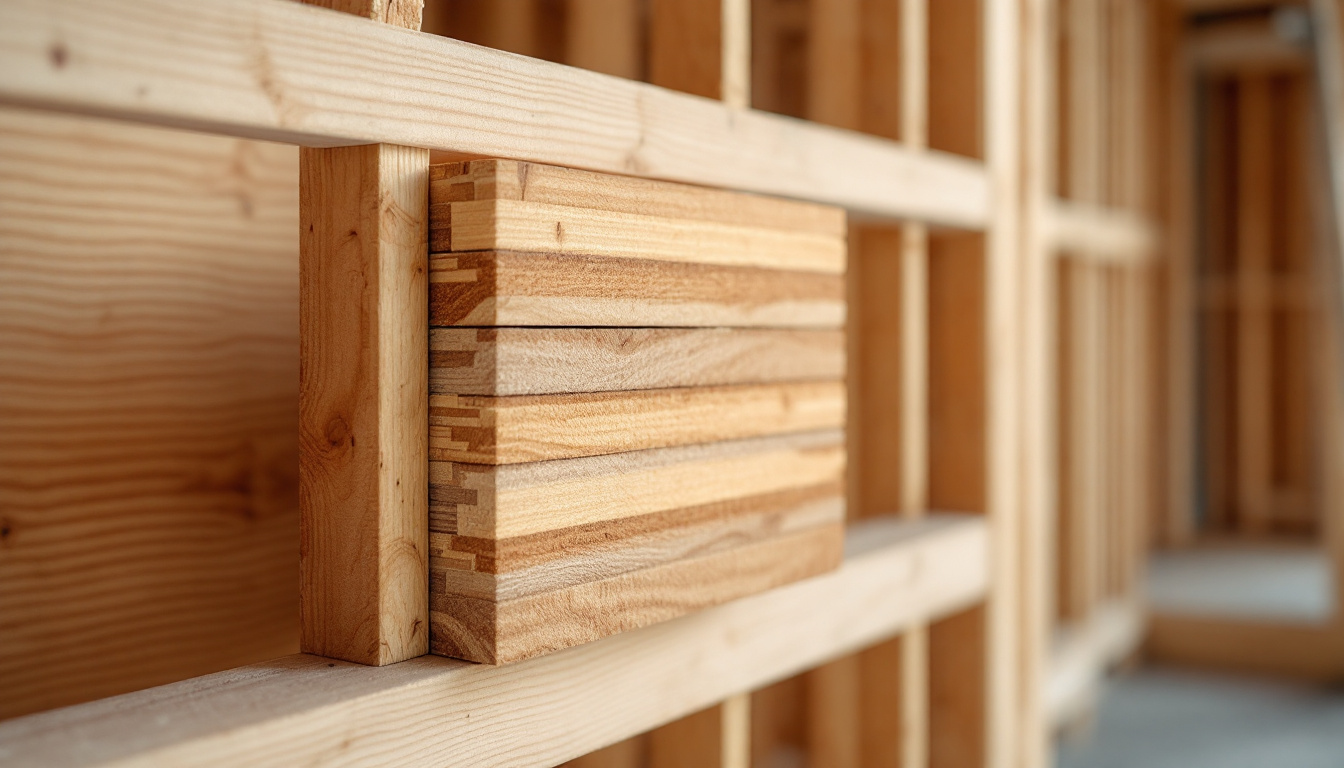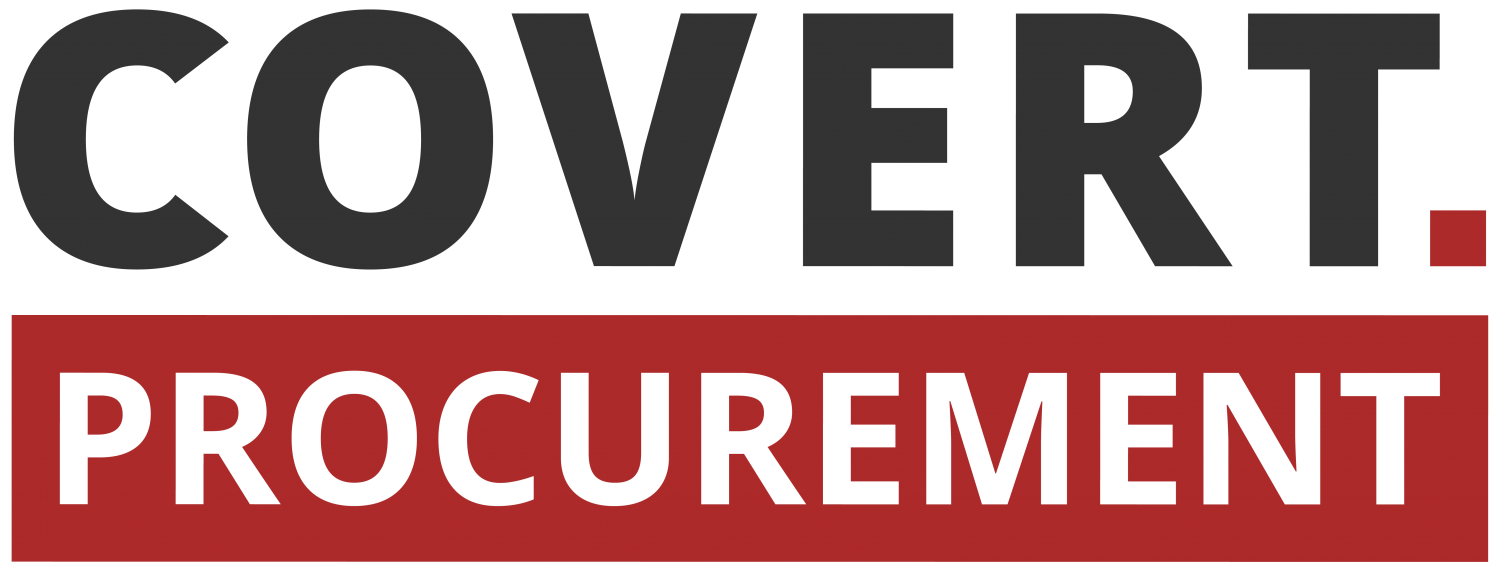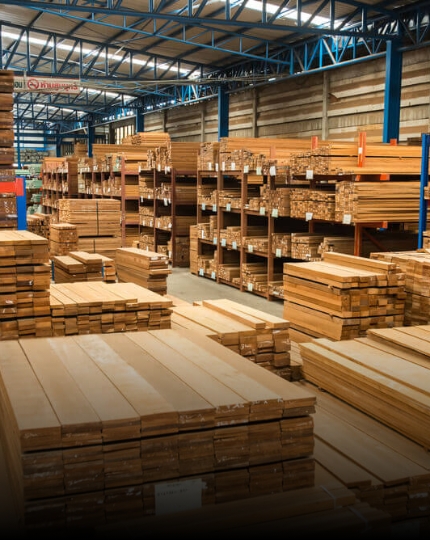Laminated Veneer Lumber (LVL) has become an essential material in modern construction, particularly in concrete formwork applications. Its strength and durability are crucial for structural integrity, making it a preferred choice for builders and engineers alike. This article delves into the lamination process of LVL formwork and how it impacts both strength and durability.
Understanding LVL and Its Applications
LVL is an engineered wood product made from thin layers of wood veneer that are glued together under heat and pressure. Unlike traditional formwork materials such as plywood or oriented strand board (OSB), LVL formwork, including concrete form plywood, is created by layering thin wood veneers in a specific pattern. This process enhances the wood’s natural properties, resulting in a material that is not only strong but also versatile. LVL is commonly used in beams, headers, and formwork due to its ability to withstand significant loads while maintaining dimensional stability.
What is LVL Formwork?
LVL (Laminated Veneer Lumber) formwork is a specialized type of engineered wood product designed for use in concrete construction. Unlike traditional formwork materials such as plywood or oriented strand board (OSB), LVL formwork is created by layering thin wood veneers in a specific pattern. These veneers are bonded together under heat and pressure, resulting in a material that is exceptionally strong and durable. LVL formwork is particularly valued for its ability to provide a smooth, even surface for concrete to be poured against, ensuring a high-quality finish for concrete structures. This makes it an ideal choice for various construction projects, from foundations and walls to floors and other structural elements.
The Composition of LVL
The composition of LVL plays a vital role in its performance. Each layer of veneer is typically oriented in the same direction, which maximises the strength of the material. The adhesive used in the lamination process is specifically designed to bond the veneers together, ensuring a robust and cohesive structure. This orientation and bonding technique contributes to the overall strength of the LVL, making it suitable for heavy-duty applications. Furthermore, the choice of wood species can also influence the properties of LVL; for instance, using hardwood veneers can enhance the material’s durability and resistance to wear, making it an even more appealing option for demanding environments. Unlike film faced plywood, which is also used in formwork, LVL provides superior strength and durability for demanding construction applications.
Key Characteristics of LVL Formwork
LVL formwork boasts several key characteristics that make it an attractive option for concrete construction projects:
- High Strength and Durability: The lamination process used to create LVL formwork results in a material that is both strong and rigid. This high strength allows it to support substantial loads, making it suitable for demanding construction applications.
- Smooth Finish: One of the standout features of LVL formwork is its ability to provide a smooth, even surface for concrete pours. This smooth finish helps to minimize defects and imperfections in the finished concrete, contributing to a higher quality end product.
- Moisture Resistance: LVL formwork is engineered to resist moisture, making it well-suited for exterior applications where it may be exposed to the elements. This moisture resistance helps to maintain the integrity of the formwork over time, even in challenging conditions.
- Versatility: LVL formwork can be used in a wide range of concrete construction projects, including foundations, walls, and floors. Its adaptability and performance make it a versatile choice for various construction needs.
These key characteristics highlight why LVL formwork is increasingly preferred in the construction industry, offering both performance and reliability in concrete construction.
Common Applications in Construction Projects
LVL is widely used in various construction applications, particularly in formwork systems. Its ability to support heavy loads makes it ideal for temporary structures, such as concrete forms. Additionally, LVL can be used in permanent applications, including beams and joists, where its strength and stability are essential. The versatility of LVL allows it to be customised for different construction needs, further enhancing its appeal in the industry. Additionally, LVL formwork is used in the production of precast concrete elements, such as walls and beams, which are manufactured off-site and assembled on-site for efficient construction. Beyond structural applications, LVL is also increasingly being employed in architectural features, such as curved beams and intricate trusses, where its flexibility can be fully realised. This capability not only contributes to the aesthetic value of a building but also allows for innovative design solutions that were previously difficult to achieve with traditional materials.
The Lamination Process for Film Faced Plywood Explained
The lamination process is a critical factor in determining the strength and durability of LVL, and understanding this manufacturing process helps in appreciating how LVL can meet the demands of modern construction. It involves several steps, each of which contributes to the final product’s performance characteristics. Understanding this process helps in appreciating how LVL can meet the demands of modern construction.
Preparation of Veneers
The first step in the lamination process is the preparation of the veneers. Logs are debarked and sliced into thin layers, which are then dried to a specific moisture content. This drying process is essential, as excess moisture can weaken the adhesive bond and compromise the strength of the finished product. The quality of the glue bond is crucial, as it ensures the veneers are securely attached, contributing to the overall strength and durability of the LVL. The quality of the veneers used directly affects the overall integrity of the LVL. Furthermore, the selection of wood species plays a significant role in this stage; different species offer varying levels of strength, flexibility, and resistance to decay, which can influence the performance of the final laminated product. For instance, hardwoods may be preferred for applications requiring enhanced durability, while softwoods might be chosen for their lightweight properties.
Adhesive Application and Layering
Once the veneers are prepared, a high-performance adhesive is applied to each layer. This adhesive is crucial for ensuring a strong bond between the veneers. This step is particularly important for concrete forming plywood, where the adhesive must withstand the pressures of wet concrete during the pouring process. The layers are then stacked and subjected to pressure, which not only helps in spreading the adhesive evenly but also eliminates any air pockets that could weaken the structure. The pressure applied during this stage is carefully controlled to ensure optimal bonding without damaging the veneers. Additionally, advancements in adhesive technology have led to the development of eco-friendly options that not only meet stringent performance standards but also reduce the environmental impact of the lamination process. This innovation reflects a growing awareness in the industry of the need for sustainable practices, ensuring that the production of LVL aligns with modern ecological considerations.
Curing and Finishing
After the veneers are laminated, the product undergoes a curing process. This step allows the adhesive to fully set, ensuring a strong bond between the layers. The curing process ensures that the LVL can withstand extreme temperatures and other environmental factors, making it suitable for various construction applications. Once cured, the LVL is cut to the desired dimensions and may undergo additional treatments, such as surface finishing or protective coatings, to enhance its durability and resistance to environmental factors. The finishing process can include sanding, sealing, or applying a stain, which not only improves the aesthetic appeal of the LVL but also provides an extra layer of protection against moisture and UV damage. Moreover, the versatility of LVL allows it to be used in various applications, from beams and joists in structural framing to decorative elements in interior design, showcasing its adaptability and strength across different contexts.
Impact on Strength
The lamination process significantly influences the strength of LVL formwork, making it an ideal material for concrete forming applications. By carefully controlling the orientation of the veneers and the quality of the adhesive, manufacturers can produce LVL that exhibits superior load-bearing capabilities.

Load-Bearing Capacity
One of the primary advantages of LVL is its high load-bearing capacity. The lamination process allows for the creation of a material that can support substantial weights without deformation. This characteristic is particularly important in formwork applications, where the material must withstand the weight of wet concrete and other loads during construction.
Resistance to Warping and Cracking
Another benefit of the lamination process is the reduction of warping and cracking. Traditional solid wood can be prone to these issues due to changes in moisture content and temperature. However, the engineered nature of LVL, combined with the lamination technique, minimises these risks. The uniformity of the veneers and the strong adhesive bond help maintain the structural integrity of the LVL, ensuring it remains stable over time.
Enhancing Durability through Lamination
Durability is a crucial factor in the longevity of LVL formwork, especially in concrete form applications. The lamination process not only contributes to strength but also enhances the material’s resistance to various environmental factors.
Moisture Resistance
One of the significant challenges faced by construction materials is moisture exposure. LVL is engineered to resist moisture, thanks to the adhesives used in the lamination process. These adhesives are often formulated to be waterproof, providing an additional layer of protection against water damage. This characteristic makes LVL an ideal choice for formwork applications, where exposure to wet concrete is inevitable.
Resistance to Pests and Fungi
In addition to moisture, LVL is also designed to resist pests and fungi. The lamination process ensures that the wood is treated with preservatives that inhibit the growth of mould and deter insects. This added durability is essential for maintaining the structural integrity of formwork over time, especially in environments that may be prone to such issues.
Comparison to Other Forming Materials
When compared to other forming materials, LVL formwork offers several distinct advantages:
- Plywood: While plywood is commonly used in formwork, LVL formwork is stronger and more durable. Additionally, LVL provides a smoother finish, which is crucial for high-quality concrete surfaces.
- OSB (Oriented Strand Board): LVL formwork outperforms OSB in terms of moisture resistance and finish quality. OSB can swell and degrade when exposed to moisture, whereas LVL maintains its integrity.
- Medium Density Overlay (MDO): Although MDO is used for its smooth surface, LVL formwork surpasses it in strength and durability. LVL’s robust construction ensures it can handle heavier loads and more demanding conditions.
- High Density Overlay (HDO): HDO offers a smooth finish similar to LVL, but LVL formwork provides better moisture resistance. This makes LVL a more reliable choice for exterior applications and environments with fluctuating moisture levels.
These comparisons underscore the superior performance of LVL formwork in various construction scenarios, making it a preferred material for achieving high-quality, durable concrete structures.
Quality Control in the Lamination Process
To ensure the strength and durability of LVL, rigorous quality control measures are implemented throughout the lamination process. Quality control measures ensure that concrete form plywood meets the necessary standards for strength and durability in construction applications. These measures are critical for maintaining the high standards expected in the construction industry.
Testing for Strength and Durability
Manufacturers conduct various tests to assess the strength and durability of LVL products. These tests may include load testing, moisture content analysis, and adhesive bond strength evaluations. By ensuring that each batch of LVL meets or exceeds industry standards, manufacturers can guarantee the reliability of their products in real-world applications.
Continuous Improvement and Innovation
The lamination process is continually evolving, with manufacturers seeking ways to enhance the performance of LVL. Innovations in adhesive technology, veneer selection, and manufacturing techniques contribute to the development of stronger and more durable products. This commitment to improvement ensures that LVL remains a leading choice in the construction industry.
Best Practices for Using LVL Formwork
To maximize the benefits of LVL formwork in concrete construction projects, it is essential to follow best practices for its use:
- Proper Storage and Handling: Store LVL formwork in a dry, well-ventilated area to prevent moisture absorption. Handle the formwork with care to avoid damage to the veneers and edges.
- Proper Installation: Follow the manufacturer’s instructions for installing LVL formwork. Ensure that it is securely fastened to the surrounding structure to maintain stability during concrete pours.
- Proper Finishing: Apply a release agent to the LVL formwork before pouring concrete. This prevents the concrete from bonding to the formwork, making it easier to remove and reuse.
- Regular Maintenance: Inspect LVL formwork regularly for signs of wear or damage. Perform necessary maintenance to keep the formwork in good condition, ensuring its longevity and performance.
By adhering to these best practices, contractors and builders can ensure that their LVL formwork performs optimally, providing a smooth, even finish for concrete construction projects and contributing to the overall success of their construction endeavors.
Conclusion
The lamination process in LVL formwork is a key determinant of its strength and durability. By understanding the intricacies of this process, builders and engineers can appreciate the benefits that LVL offers in construction applications. With its high load-bearing capacity, resistance to moisture, and durability against pests and fungi, LVL is a material that stands the test of time.
As the construction industry continues to evolve, the importance of engineered wood products like LVL formwork timber will only grow. The lamination process not only enhances the performance of these materials but also aligns with sustainable building practices, making LVL a responsible choice for future projects.

